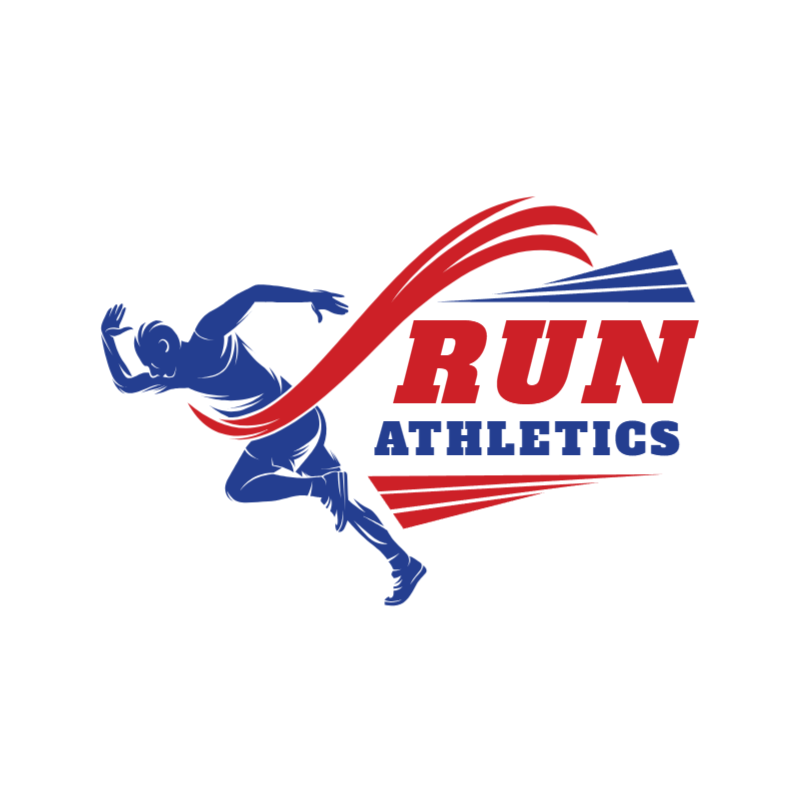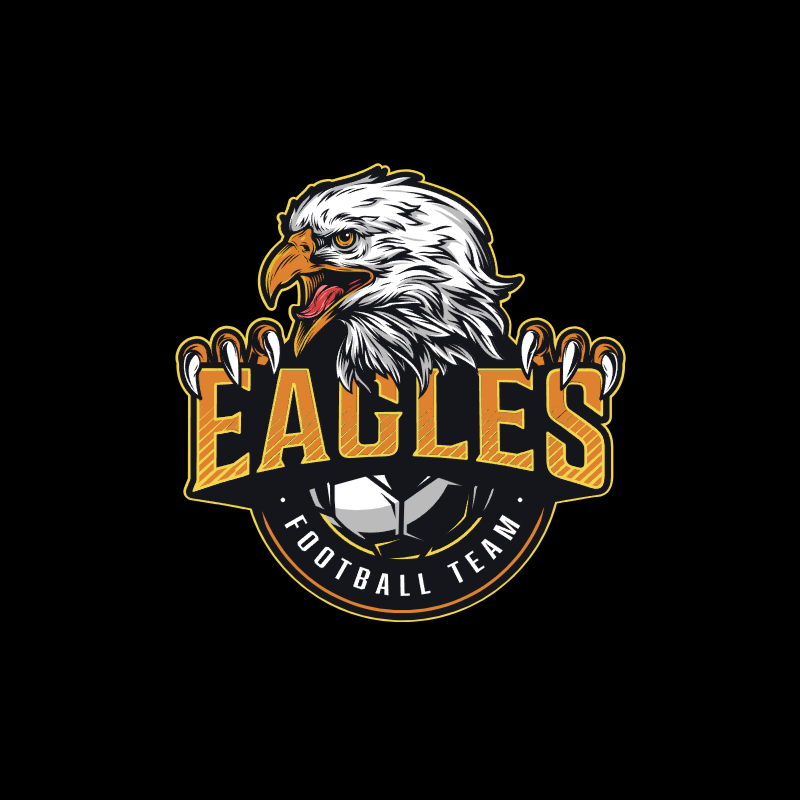Here are some popular logo design trends for 2024:
1. Scribbles, Sketches, and Doodling: Logos with scribbles, sketches, and natural patterns are becoming more popular, adding a personal touch to the design.
2. Minimalism and Simplicity: Logos that are simple and minimalistic are still in demand, focusing on clean lines and basic shapes.
3. Artificial Intelligence: AI-generated imagery is being used in logo design, offering a unique and innovative approach to branding.
4. Natural Patterns and Textures: Logos inspired by nature, such as organic and sustainable designs, are gaining popularity.
5. Nostalgia with a Twist: Logos that evoke a sense of nostalgia but with a modern twist are becoming more common, often used in brands that want to appeal to a wide audience.
6. Bright, Bold, and Colorful: Logos that use bright, bold colors are making a comeback, adding visual interest and energy to the design.
7. Hybrid Life: Logos that combine different design elements, such as hand-drawn and digital styles, are becoming more popular, offering a unique and dynamic look.
8. Less is More: While minimalism is still a popular trend, designers are starting to experiment with more complex designs that still maintain a clean and simple aesthetic.
9. Creative Fonts: Unique and creative font styles are being used to make logos stand out, adding personality and character to the design.
10. Wireform: Logos that use wireframe or skeletal designs are becoming more popular, offering a modern and minimalist look.
These trends reflect the evolving nature of logo design, with designers incorporating new styles, techniques, and influences to create unique and memorable logos for various brands.
How to incorporate natural patterns and textures in a logo design?
To incorporate natural patterns and textures in a logo design, consider the following tips:
1. Choose a layout to complement the motifs: The layout of your logo should complement the natural patterns and textures you want to incorporate. Consider the theme of your brand and how the patterns and textures will fit within that context.
2. Use natural textures: Incorporate natural textures inspired by nature, such as wood, stone, leaves, water, etc. These textures can create a natural and organic feel in your designs, making them appealing and soothing.
3. Create a sense of movement: Use textured elements that create a sense of movement and action in your designs. For example, you can use a textured background and then add text or images that move across the background.
4. Keep it simple and clean: When designing a logo with natural elements, it’s important to keep it simple and clean. Avoid using too many natural elements or colors, as this can create a cluttered and confusing design.
5. Consider using negative space or minimalistic designs: Create a sense of balance and harmony by using negative space or minimalistic designs to incorporate natural patterns and textures.
6. Use natural colors: Choose a color palette that reflects the natural elements you want to incorporate. Soothing colors like green, pale blue, beige, or neutrals can help create a natural and organic feel.
7. Experiment with unique artificial textures: While natural textures are popular, you can also experiment with unique artificial textures to create a modern and innovative look.
Remember to keep your brand’s identity and message in mind when incorporating natural patterns and textures into your logo design. This will help ensure that your logo effectively communicates your brand’s values and resonates with your target audience.
How to choose the right color palette to complement natural patterns and textures in a logo design?
To choose the right color palette to complement natural patterns and textures in a logo design, consider the following tips:
1. Draw inspiration from nature: Observe the colors present in landscapes, flora, and fauna to find inspiration for your color palette.
2. Choose earthy tones: Incorporate earthy browns, tans, and other natural colors to create a warm and grounding feel in your designs.
3. Consider the theme of your brand: Ensure that the color palette complements the theme of your brand and the natural patterns you want to incorporate.
4. Use contrast effectively: High contrasting colors can quickly communicate context and guide users to focal points, but too much contrast can make a design difficult to scan. Use contrast effectively to direct the user’s attention to specific elements.
5. Test your design with different color combinations: Experiment with different color combinations to see which one resonates best with your design and the natural patterns you want to incorporate.
6. Maintain consistency: Once you’ve chosen a color palette, stick to it throughout your design to maintain consistency and reinforce your brand or message.
7. Consider the background: Choose a background color that complements your natural patterns and textures, ensuring that the logo is legible and visually appealing under different lighting conditions.
By following these tips, you can create a color palette that effectively complements natural patterns and textures in your logo design, resulting in a visually stunning and impactful logo that resonates with your target audience.
What is the maximum file size for a logo design?
The maximum file size for a logo design varies depending on its usage. For website logos, the file size should generally be under 200 KB to keep load times low, with some sources recommending aiming for under 30 KB or even 10 KB for optimal performance. For social media, the maximum file size can range from 5 MB for platforms like Facebook and Twitter to 30 KB for others. When it comes to print, the file size may be larger to ensure the best printing quality. It’s important to consider the specific platform and usage to determine the appropriate maximum file size for a logo design.
What is the recommended logo size for print materials?
The recommended logo size for print materials depends on the specific item and its dimensions. Here are some standard print sizes for various materials:
Business Cards: Typically, logos should be about 1.5 x 1.5 inches, but ensure the logo doesn’t crowd out other vital information.
Letterheads: Logos can take a bit more space, roughly 2 x 2 inches. Remember, the header shouldn’t be so overpowering that it detracts from the content.
Brochures and Flyers: Logos should be large enough to be easily visible and readable, but not so large that they take up too much space.
T-shirts: The maximum size for the print area is 14 in x 15 in. You can also consider printing a logo on a chest pocket, which should measure around 4 ⅜ in x 5 ⅜ in.
Tote Bags: The ideal print area on a standard bag is 14 in x 16 in (sizes may vary depending on the bag).
When designing a logo for print materials, it’s essential to consider the medium and the specific print area. Maintain consistency across all marketing materials to create a consistent brand identity, and ensure your logo is scalable so it can be enlarged or reduced without losing its quality.
What are the standard logo sizes for social media platforms?
The standard logo sizes for various social media platforms are as follows:
– Facebook:
– Profile Picture: 180 x 180 pixels
– Cover Photo: 820 x 312 pixels
– Shared Link Image: 1200 x 628 pixels.
– Instagram:
– Profile Picture: 320 x 320 pixels
– Landscape: 1080 x 566 pixels
– Portrait: 1080 x 1350 pixels
– Square: 1080 x 1080 pixels
– Stories and Reels: 1080 x 1920 pixels.
– Twitter:
– Profile Picture: 400 x 400 pixels
– Header Photo: 1500 x 500 pixels
– In-Stream Photos: 1600 x 900 pixels.
– LinkedIn:
– Profile Picture: 300 x 300 pixels
– Cover Image: 1128 x 191 pixels
– Shared Image: 1200 x 627 pixels
– Company Logo: 300 x 300 pixels.
– Pinterest:
– Profile Picture: 165 x 165 pixels
– Board Display: 222 x 150 pixels
– Pin Sizes: 100 x 100 pixels.
It’s important to ensure that your logo is optimized for each platform to maintain a professional and attractive appearance across all social media channels.
What are some common mistakes to avoid when designing a logo?
When designing a logo, there are several common mistakes to avoid. Here are some of the most common mistakes and how to avoid them:
1. Poor Font Choice: Choosing the wrong font can make a logo look unprofessional or unappealing. Avoid using too many fonts or fonts that are difficult to read.
2. Too Busy: A logo that is too busy or cluttered can be overwhelming and difficult to understand. Keep the design simple and easy to read.
3. Copying Other Designs: Avoid copying other logos or designs, as this can lead to legal issues and damage your brand’s reputation.
4. Not Doing Enough Research: Research your target audience, competition, and brand identity before designing a logo. This will help ensure that your logo effectively communicates your brand’s values and resonates with your target audience.
5. Ignoring Scalability: A logo should be scalable to any size without losing its impact. Avoid designs that are too complex or detailed, as they may not scale well.
6. Ignoring Color Psychology: Color can have a powerful impact on a logo’s effectiveness. Choose colors that reflect your brand’s identity and convey the right message.
7. Ignoring Feedback: Get feedback from friends, family, and colleagues to identify any potential problems with your design.
8. Ignoring Brand Consistency: Ensure that your logo is consistent with your brand’s identity and message across all marketing materials.
By avoiding these common mistakes, you can create a logo that is simple, memorable, versatile, and relevant to your brand identity and target audience.
Here are some examples of logo design online:
Customize these template online
Customize these template online








